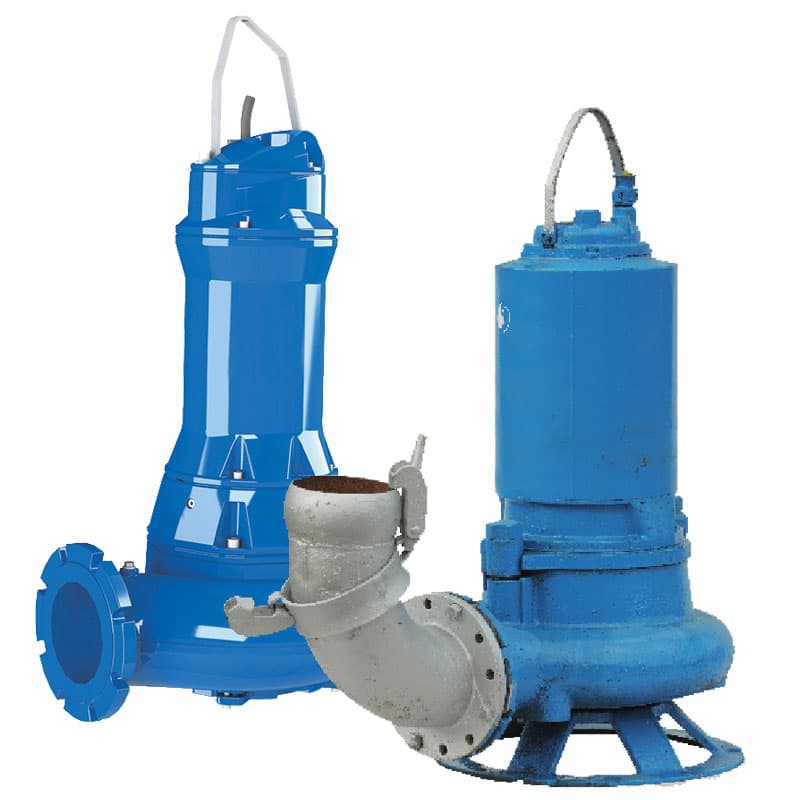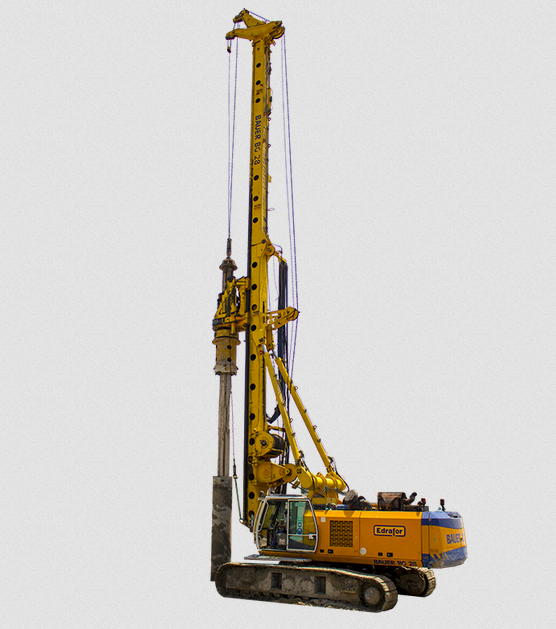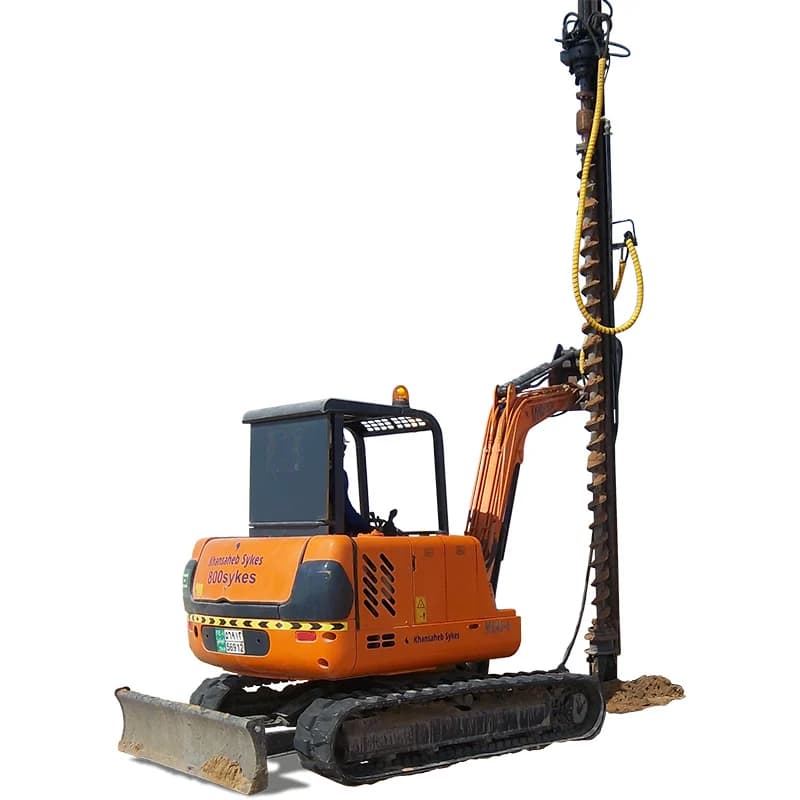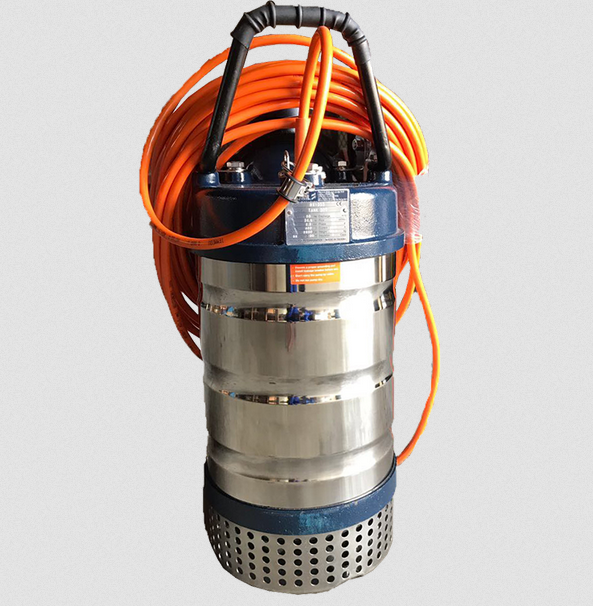How Deep Well Dewatering Works: A Step-by-Step Guide
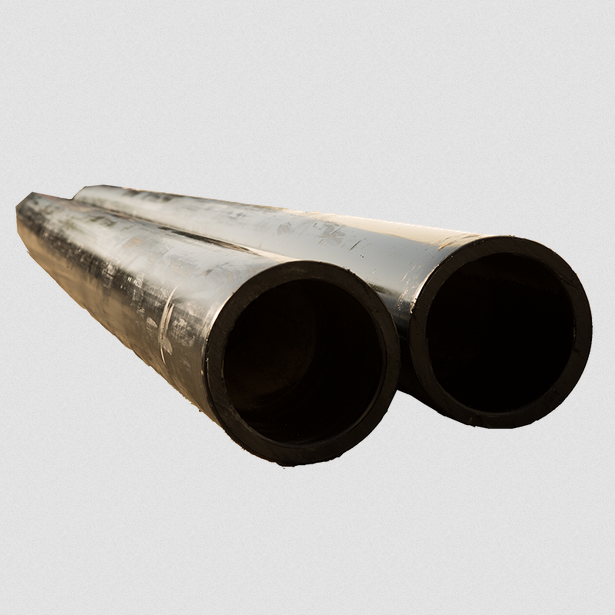
Strong 8k brings an ultra-HD IPTV experience to your living room and your pocket.
In the construction industry, particularly in regions like the UAE, managing groundwater is a critical aspect of project success. Deep well dewatering has become a preferred method for contractors looking to efficiently lower the water table and create a manageable working environment. This guide will explore how deep well dewatering works, breaking down the process into clear steps while emphasizing the importance of effective groundwater management.
Understanding Deep Well Dewatering
Deep well dewatering is a method designed to lower the groundwater level in excavations where conventional dewatering methods may not be effective. This technique involves drilling deep boreholes and utilizing submersible pumps to remove water from these wells, enabling safe and dry working conditions for construction activities.
For example, a contractor engaged in a major infrastructure project in Abu Dhabi encountered high groundwater levels, which threatened to delay their operations. By employing deep well dewatering techniques, they were able to manage the groundwater effectively, allowing them to continue their work without significant interruptions.
Step 1: Site Assessment and Planning
Before any physical work begins, a comprehensive site assessment is essential. This step involves evaluating the geological conditions, the extent of groundwater infiltration, and the specific requirements of the project. During this phase, contractors often seek the expertise of professionals to ensure a tailored approach to dewatering.
Khansaheb Sykes offers free site surveys to their clients, allowing them to gather valuable data that informs the planning process. The insights gained during this phase are critical in determining the number of wells needed, their placement, and the type of equipment that will be most effective for the project at hand.
Step 2: Selecting the Right Equipment
Once the planning is complete, the next step is selecting the appropriate equipment for deep well dewatering. Khansaheb Sykes provides a range of dewatering pumps, including submersible pumps and multi-stage electric submersible units, specifically designed for deep well applications.
A contractor on a large-scale project in Qatar opted for a multi-stage electric submersible pump to manage groundwater levels effectively. This choice was driven by the pump's ability to generate a high head, making it suitable for deep excavations. The contractor noted that the reliability and efficiency of the equipment significantly contributed to the project's success.
Step 3: Drilling the Boreholes
With the equipment in place, the next phase involves drilling boreholes to the required depth. The standard depth for deep well dewatering typically ranges from 9 meters to 22 meters, depending on the site conditions and project specifications.
During this process, contractors must ensure that the boreholes are drilled accurately and meet the necessary specifications. A construction team working on a dam project in Oman faced challenges due to soft soil conditions, which required them to adapt their drilling techniques. By utilizing the expertise of Khansaheb Sykes, they successfully modified their approach and achieved the necessary depth for effective dewatering.
Step 4: Installing the Well Casings and Pumps
After drilling the boreholes, the next step is the installation of well casings and submersible pumps. Well casings, typically made of uPVC, are placed in the boreholes to provide structural integrity and prevent soil collapse. This step is crucial for maintaining the effectiveness of the dewatering system.
Once the casings are in place, submersible pumps are installed at the bottom of each well. These pumps are responsible for lifting groundwater to the surface, where it can be discharged away from the excavation site. A contractor involved in a power station construction project in Dubai found that the combination of properly installed well casings and high-capacity pumps helped them achieve significant drawdown rates, ensuring a dry and safe working environment.
Step 5: Monitoring and Maintenance
Effective deep well dewatering requires ongoing monitoring and maintenance throughout the project. Contractors must regularly check the performance of the pumps, assess groundwater levels, and make any necessary adjustments to maintain optimal conditions.
During a large construction project in Bahrain, a contractor experienced fluctuations in groundwater levels due to unexpected weather conditions. By staying vigilant and working closely with Khansaheb Sykes’ technical team, they were able to adjust their pumping strategy promptly, preventing any disruptions to their operations.
Step 6: Completion and Site Restoration
Once the project reaches completion, the final step involves decommissioning the dewatering system and restoring the site. This includes removing the pumps and well casings, backfilling the boreholes, and ensuring that the site is left in good condition.
A construction team that successfully utilized deep well dewatering for a commercial building project in Sharjah found that proper site restoration helped them maintain positive relationships with stakeholders and the local community. Their commitment to restoring the environment after construction not only demonstrated professionalism but also highlighted the importance of responsible construction practices.
Conclusion: The Importance of Effective Dewatering
In conclusion, deep well dewatering is an essential technique for managing groundwater in construction projects across the UAE. By following a structured approach—from site assessment to completion—contractors can ensure that they are effectively lowering the water table and maintaining safe working conditions.
Khansaheb Sykes stands out as a leader in providing deep well dewatering solutions, offering expert guidance, state-of-the-art equipment, and a commitment to excellence. For contractors looking to enhance their dewatering strategies and ensure project success, expert assistance from Khansaheb Sykes can make all the difference.
Contractors are encouraged to reach out to Khansaheb Sykes today to explore their comprehensive range of deep well dewatering solutions and ensure the success of their next construction project.
Note: IndiBlogHub features both user-submitted and editorial content. We do not verify third-party contributions. Read our Disclaimer and Privacy Policyfor details.



